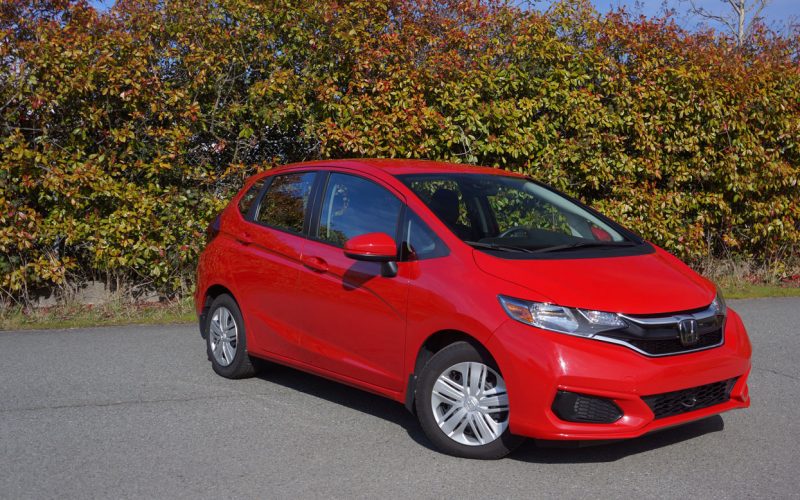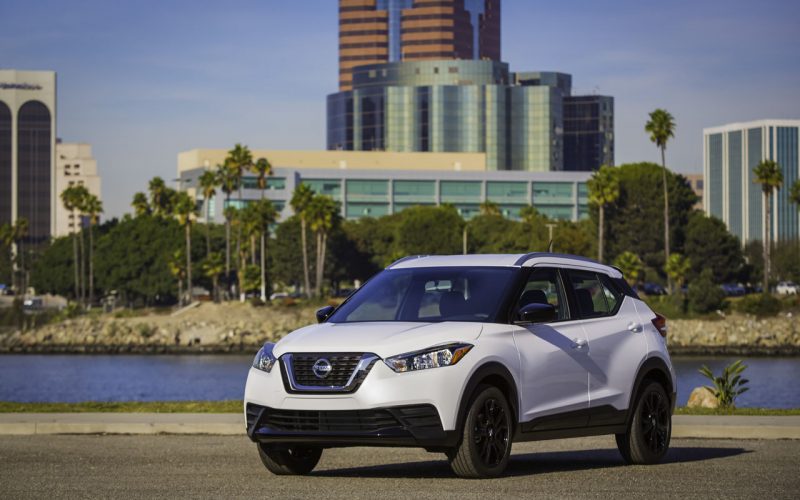
Reading Time: 8 minutesThe Fit is the least expensive way to put a Honda car in your garage, but

Reading Time: 7 minutesNissan really should’ve taken advantage of its new subcompact SUV’s name and done a photo shoot
© 2025 The Car Magazine. All Rights Reserved, Privacy Policy | Terms of Use